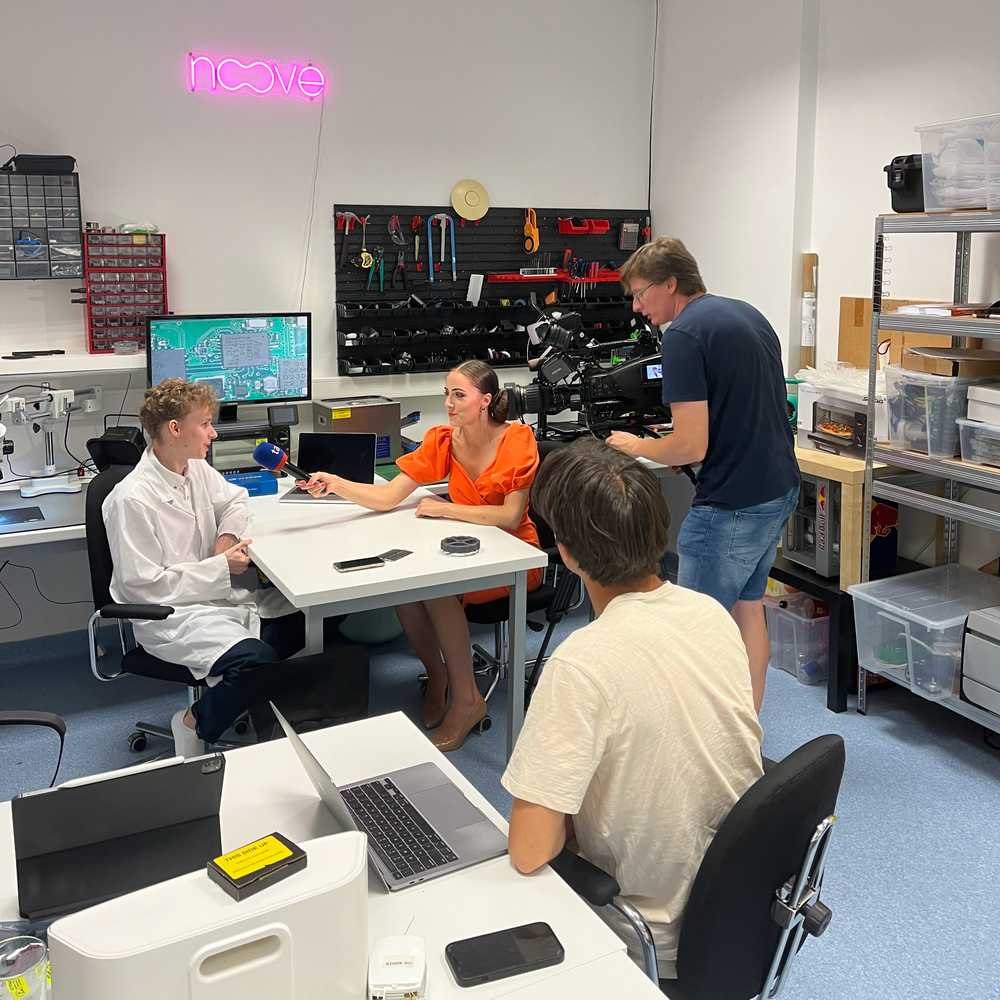6x Higher
Observation Density
Compared to conventional probes. We performed extensive flight path simulations and determined that launching our balloons from the existing weather station infrastructure would dramatically increase observation coverage.
500x
Longer Lifespan
Traditional sounding flights last only up to 4 hours, generating vertical profile data and then falling back to earth. We can achieve an average lifespan of weeks and even months of flight time using modern materials and balloon constructions. This increases the number of observations and reduces cost because fewer launches are required.


20x Less
Materials and E-waste
Currently, 2000 single-use stratospheric balloons are launched daily. Our balloons are also single-use but require significantly less material, less energy, and have simpler logistics. When combining this with the increase in lifespan, the overall carbon footprint savings are enormous.

THE PROBE
The probe is a crucial part of our observational system. It performs measurements of meteorological variables such as temperature, humidity, pressure, or wind currents, which it then transmits through a global radio network. It operates entirely on solar power, making it run indefinitely. All of this is possible in its coin-sized package.













